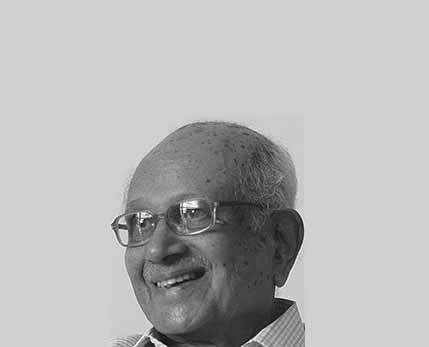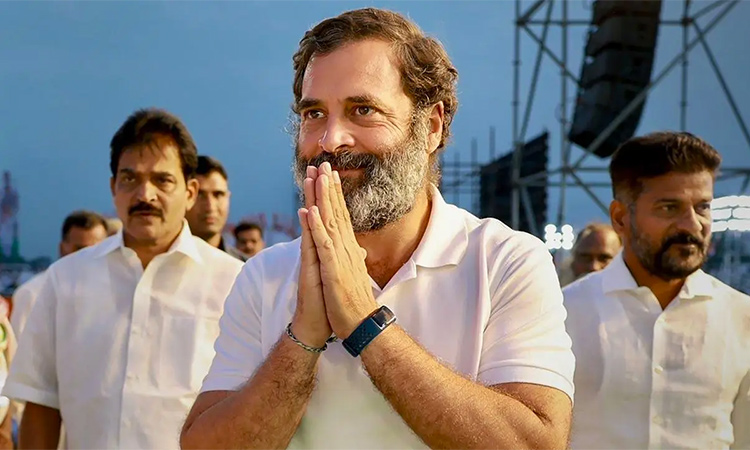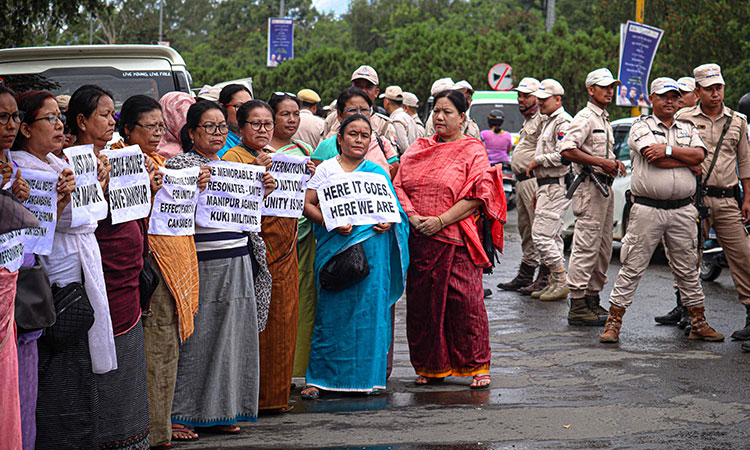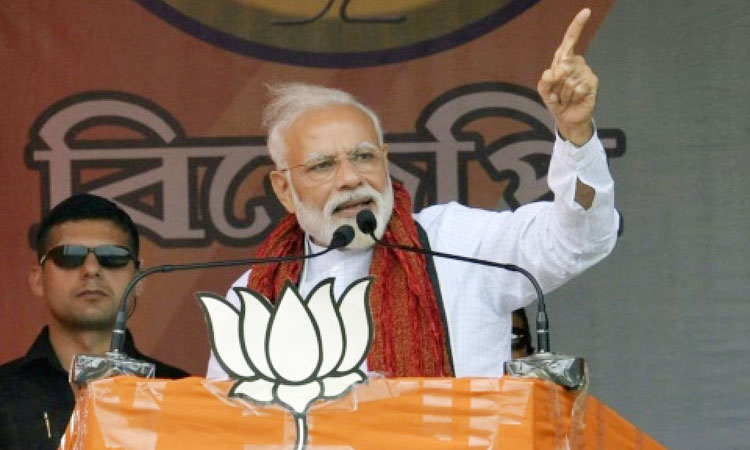Prospects of a Federal Front in India

BRP Bhaskar
@brpbhaskarIndian journalist with over 50 years of newspaper, news agency and television experience.

Illustrative image.
One of the first state leaders to articulate the Federal Front concept was the Chief Minister of the eastern state of West Bengal, Mamata Banerjee. She had begun life as a fiery Congress leader. When she found the party unwilling to take a hard line against the Communist Party of India (Marxist), which was ruling the state and giving a free hand to its cadres, she resigned and floated the All India Trinamool Congress (TMC).
In 2011, the TMC seized power in West Bengal, putting an end to three decades of CPI (M) rule in the state. Last year, she led the TMC to its third successive election victory, beating back an audacious challenge by the BJP. As the contest became one between the TMC and the BJP, the CPI (M) and the Congress could not win a single seat in the Assembly.
West Bengal is a populous state with 42 seats in the 543-member lower house of parliament, the Lok Sabha. If Mamata Banerjee can pick up a majority of the state’s seats, she may have a big say in the proposed Federal Front.
Naveen Patnaik, Chief Minister of the neighbouring state of Odisha, dominates his state the way Mamata Banerjee does in Bengal. But he has so far not publicly demonstrated any enthusiasm for the proposed Federal Front. This may be because Odisha is a small state with only 12 Lok Sabha seats, Patnaik obviously cannot hope for as big a role in the Federal Front as Mamata Banerjee.
Significantly, however, Naveen Patnaik has not raised any serious objection to the concept of a Federal Front. It is, therefore, reasonable to conclude that he is keeping his options open.
In the south, too, there are two states that could feel attracted to the Federal Front idea. They are Telangana and Andhra Pradesh, both currently ruled by regional parties.
The two states came into being only eight years ago when Andhra Pradesh, the Telugu-speaking state formed in 1956 as part of a major process of linguistic reorganisation of states, was split into two. The split became necessary with the people of Telangana complaining of neglect in the larger state.
After the split, K. Chandrashekar Rao, whose Telangana Praja Samiti had led the campaign for a new state, became its Chief Minister. A few days ago, Chandrashekar Rao voiced his strong support for the Federal Front concept.
Y.S. Jaganmohan Reddy, Chief Minister of the residuary Andhra Pradesh, has made no public statement on the issue. He leads a breakaway Congress faction named YSR Congress. Thus he too can be said to be keeping his options open.
If all the regional party leaders who have committed themselves to the Federal Front so far and those who are believed to be keeping their options open rally together, they can make a difference to the outcome of the elections in a small number of states. To make a difference at the national level, they have to think of a wider alliance, including parties with influence in the Hindi belt.
One name that comes up in this context is former Uttar Pradesh Chief Minister Akhilesh Yadav’s Samajwadi Party. It had the potential to grow into a party that champions the cause of the other backward classes (OBCs) and the marginalised sections. Unfortunately, it could not extend its reach beyond the Yadavs. The BJP saw an opportunity there and has weaned away some large non-Yadav OBC groups to its side.
The main weakness of the proposed Federal Front is that no one knows for certain what it stands for. If the leaders want the voters to take them seriously, they should give high priority to the elucidation of national policies and programmes, keeping in view the needs of the country as a whole, not just their states. As a first step, they could set up a group to prepare a document and circulate it nationally for discussion before deciding to finalise it.
There are new forces emerging on the political scene. A notable example is the Aam Aadmi Party. It has performed reasonably well in Delhi state and seized power in Punjab. This is a time when political parties must consider how best they can combine in the larger interests of the nation.







